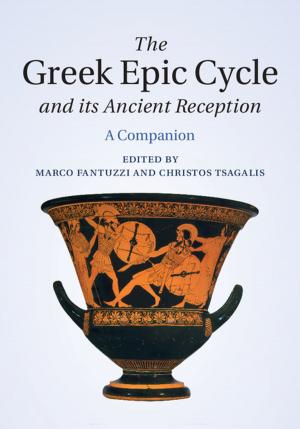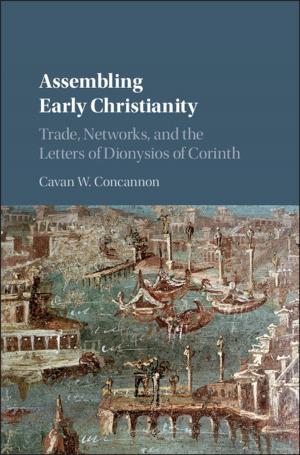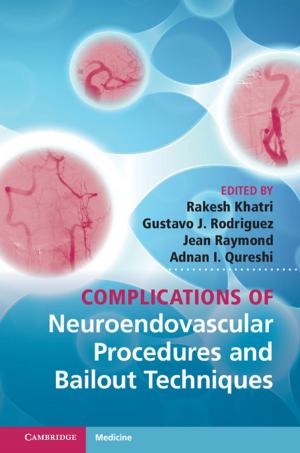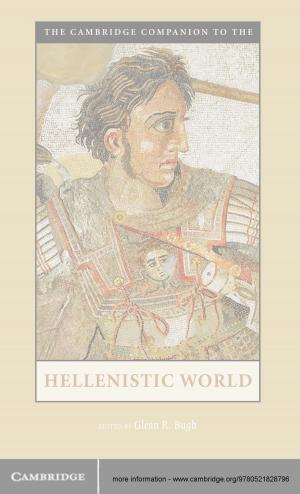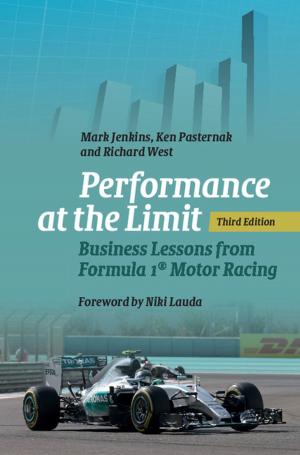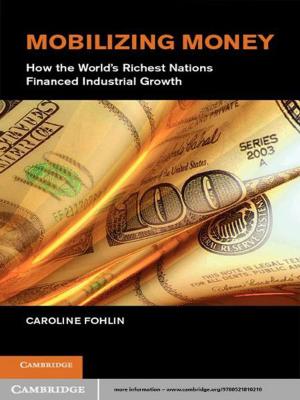Explaining the Performance of Human Resource Management
Business & Finance, Management & Leadership, Planning & Forecasting, Human Resources & Personnel Management| Author: | Steve Fleetwood, Anthony Hesketh | ISBN: | 9780511848568 |
| Publisher: | Cambridge University Press | Publication: | June 3, 2010 |
| Imprint: | Cambridge University Press | Language: | English |
| Author: | Steve Fleetwood, Anthony Hesketh |
| ISBN: | 9780511848568 |
| Publisher: | Cambridge University Press |
| Publication: | June 3, 2010 |
| Imprint: | Cambridge University Press |
| Language: | English |
Human resource departments increasingly use the statistical analysis of performance indicators as a way of demonstrating their contribution to organizational performance. In this book, Steve Fleetwood and Anthony Hesketh take issue with this 'scientific' approach by arguing that its preoccupation with statistical analysis is misplaced because it fails to take account of the complexities of organizations and the full range of issues that influence individual performance. The book is split into three parts. Part I deconstructs research into the alleged link between people and business performance by showing that it cannot explain the associations it alleges. Part II attributes these shortcomings to the importation of spurious 'scientific' methods, before going on to suggest more appropriate methods that might be used in future. Finally, Part III explores how HR executives and professionals understand their work and shows how a critical realist stance adds value to this understanding through enhanced explanation.
Human resource departments increasingly use the statistical analysis of performance indicators as a way of demonstrating their contribution to organizational performance. In this book, Steve Fleetwood and Anthony Hesketh take issue with this 'scientific' approach by arguing that its preoccupation with statistical analysis is misplaced because it fails to take account of the complexities of organizations and the full range of issues that influence individual performance. The book is split into three parts. Part I deconstructs research into the alleged link between people and business performance by showing that it cannot explain the associations it alleges. Part II attributes these shortcomings to the importation of spurious 'scientific' methods, before going on to suggest more appropriate methods that might be used in future. Finally, Part III explores how HR executives and professionals understand their work and shows how a critical realist stance adds value to this understanding through enhanced explanation.



